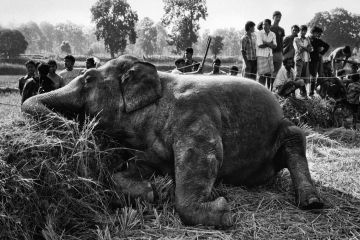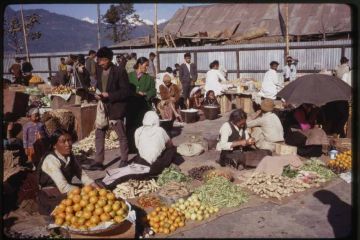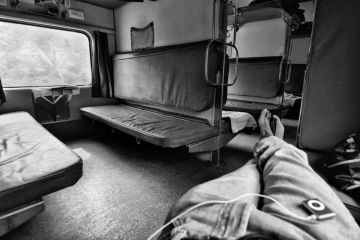Last year was a bad one for Assam’s Kokrajhar
district. Through July and August, local Bodo tribals and Bengali-speaking Muslim settlers clashed
violently in little known villages and towns in the poor, underdeveloped area.
By the time the state government and army got things in hand 77 people were
dead and some four lakh homeless.
Most of these people are still in relief camp limbo, waiting with
diminishing hope for the day they can return home and rebuild their lives. The
chances o





